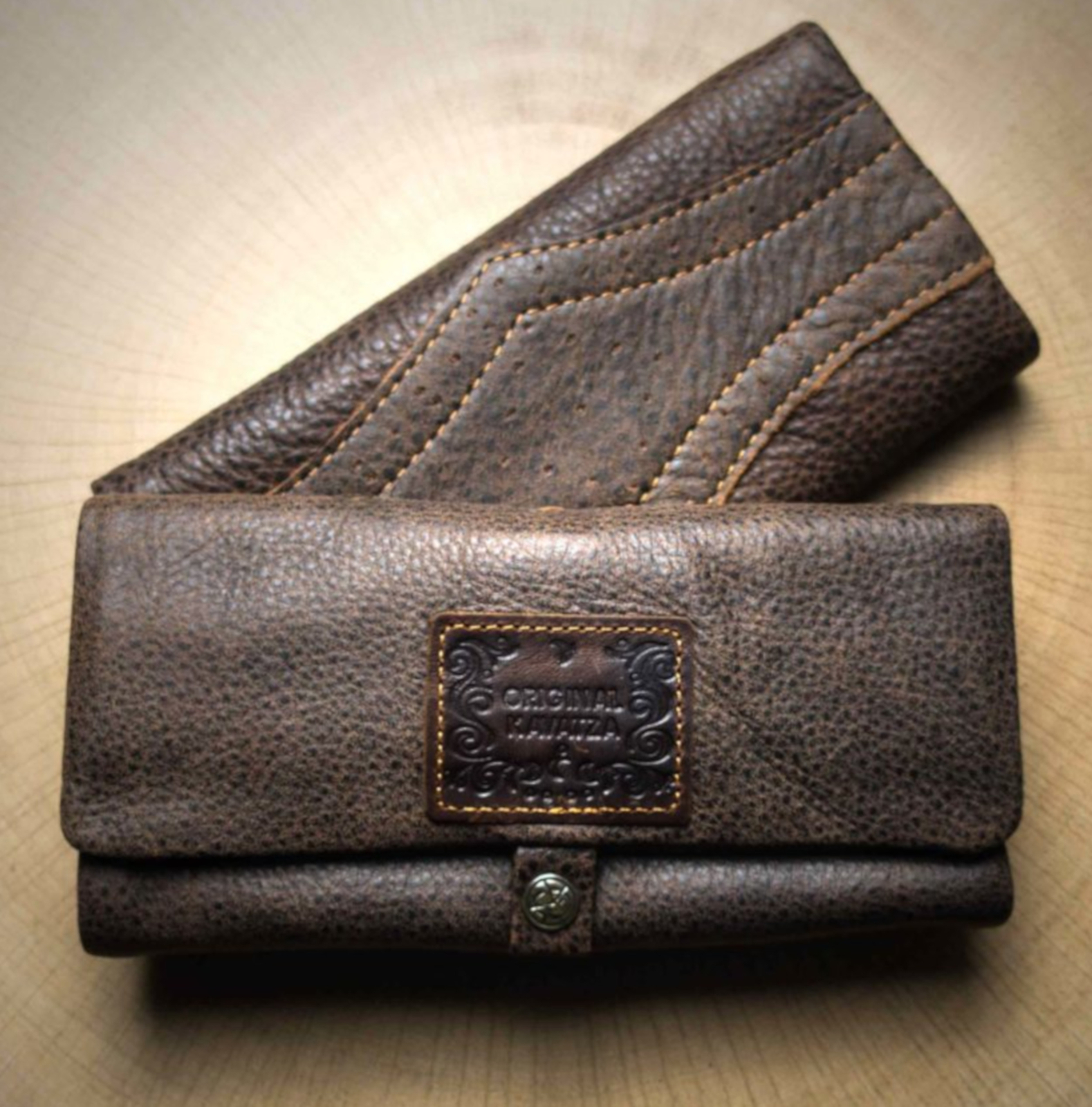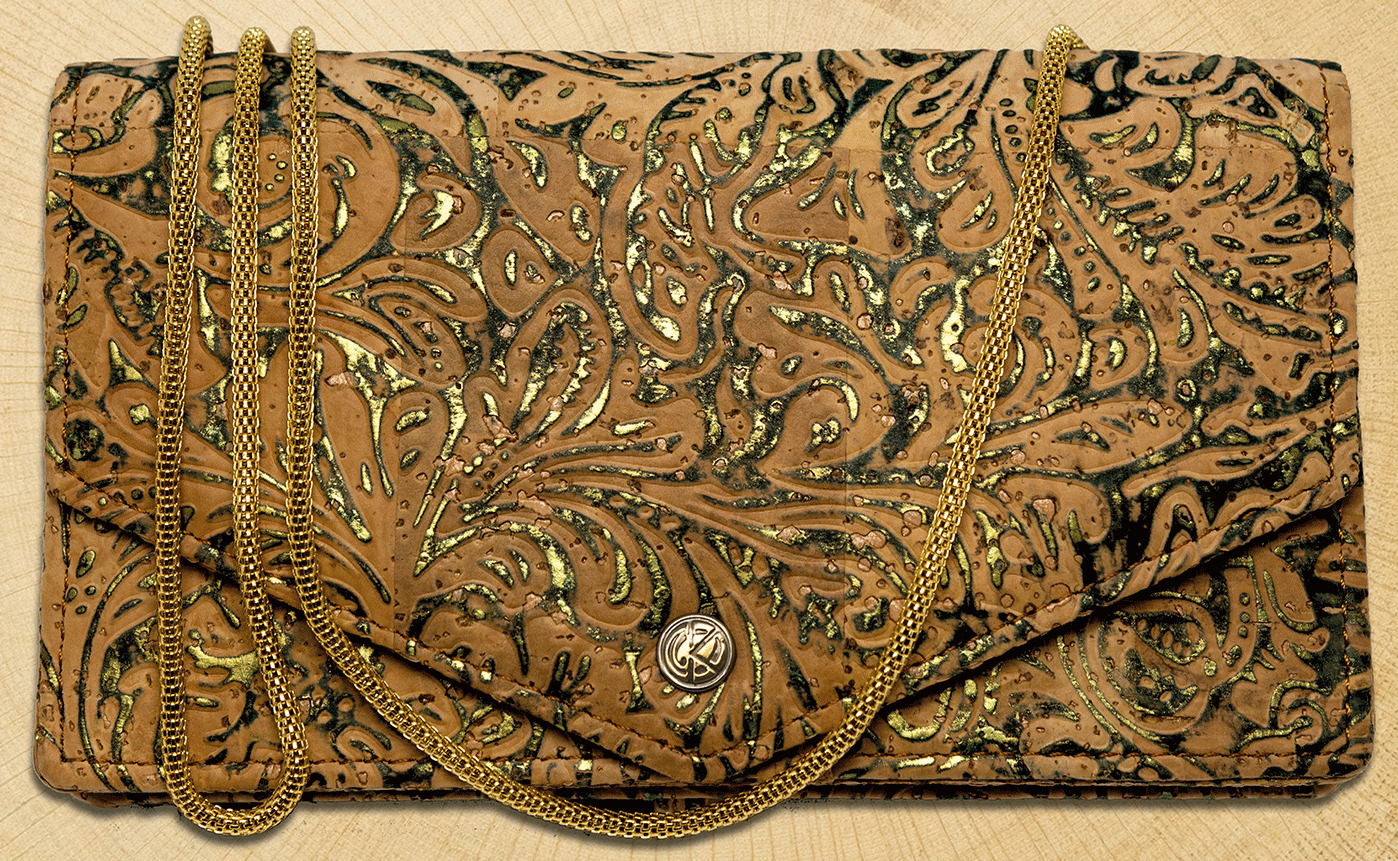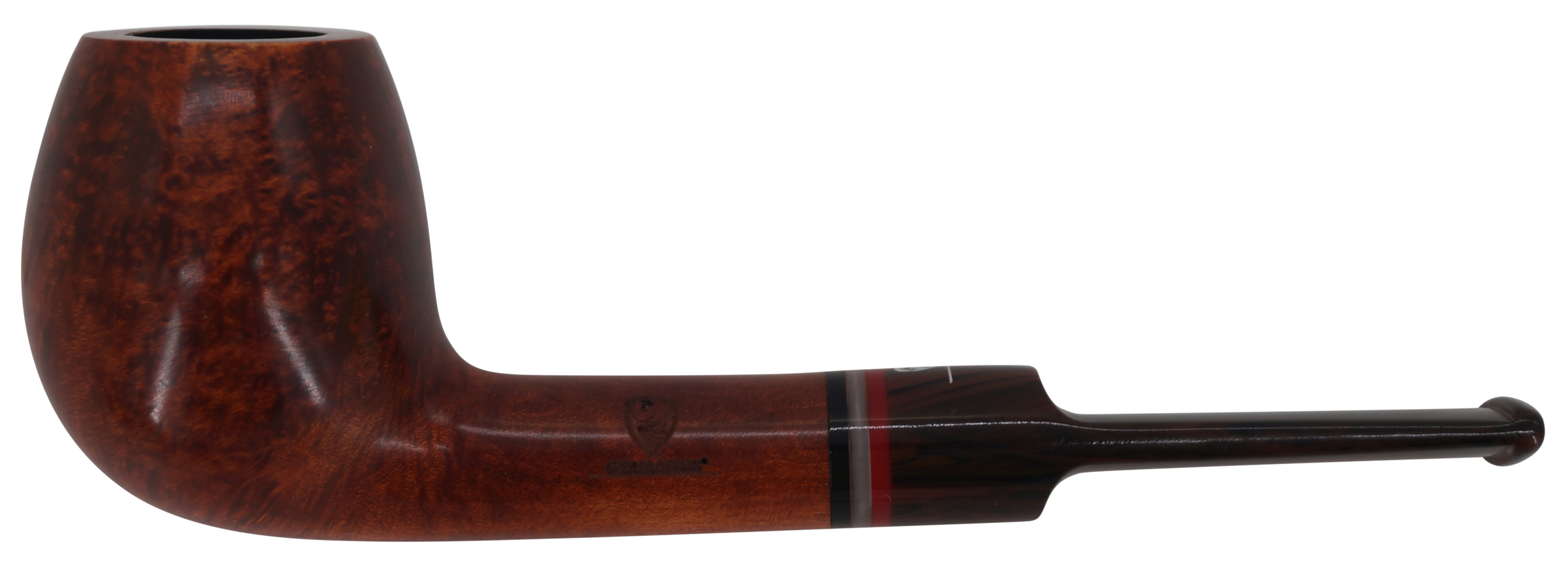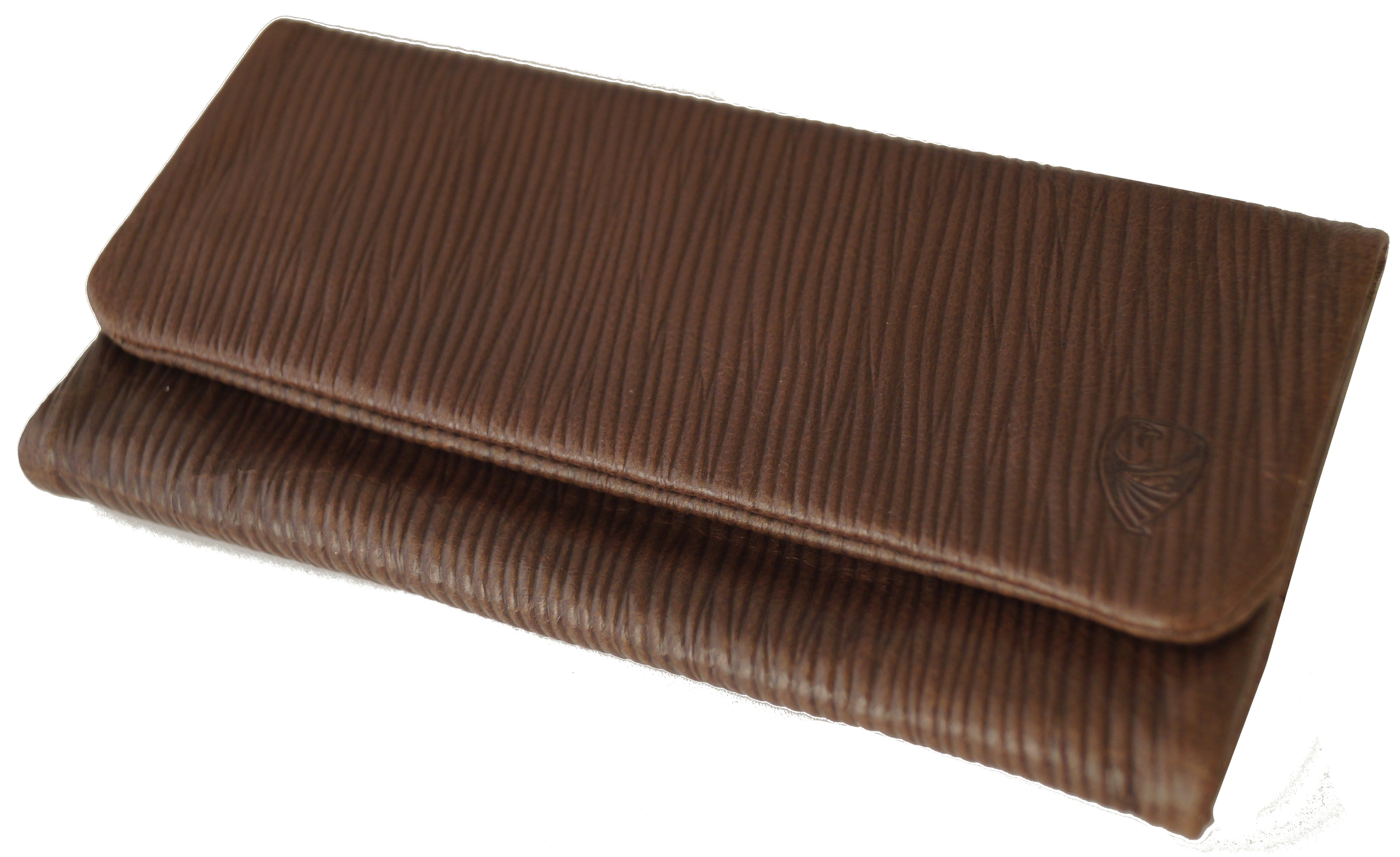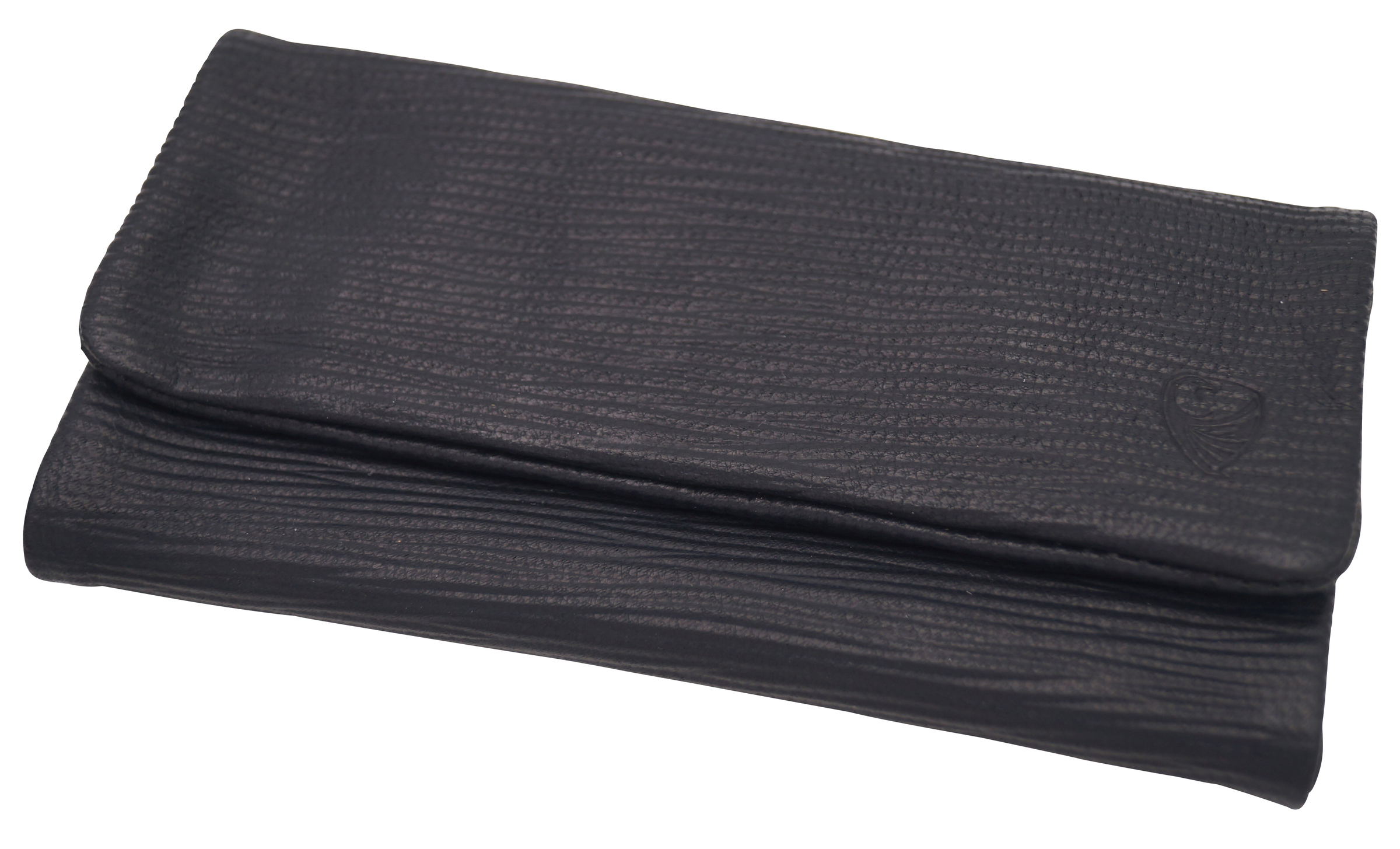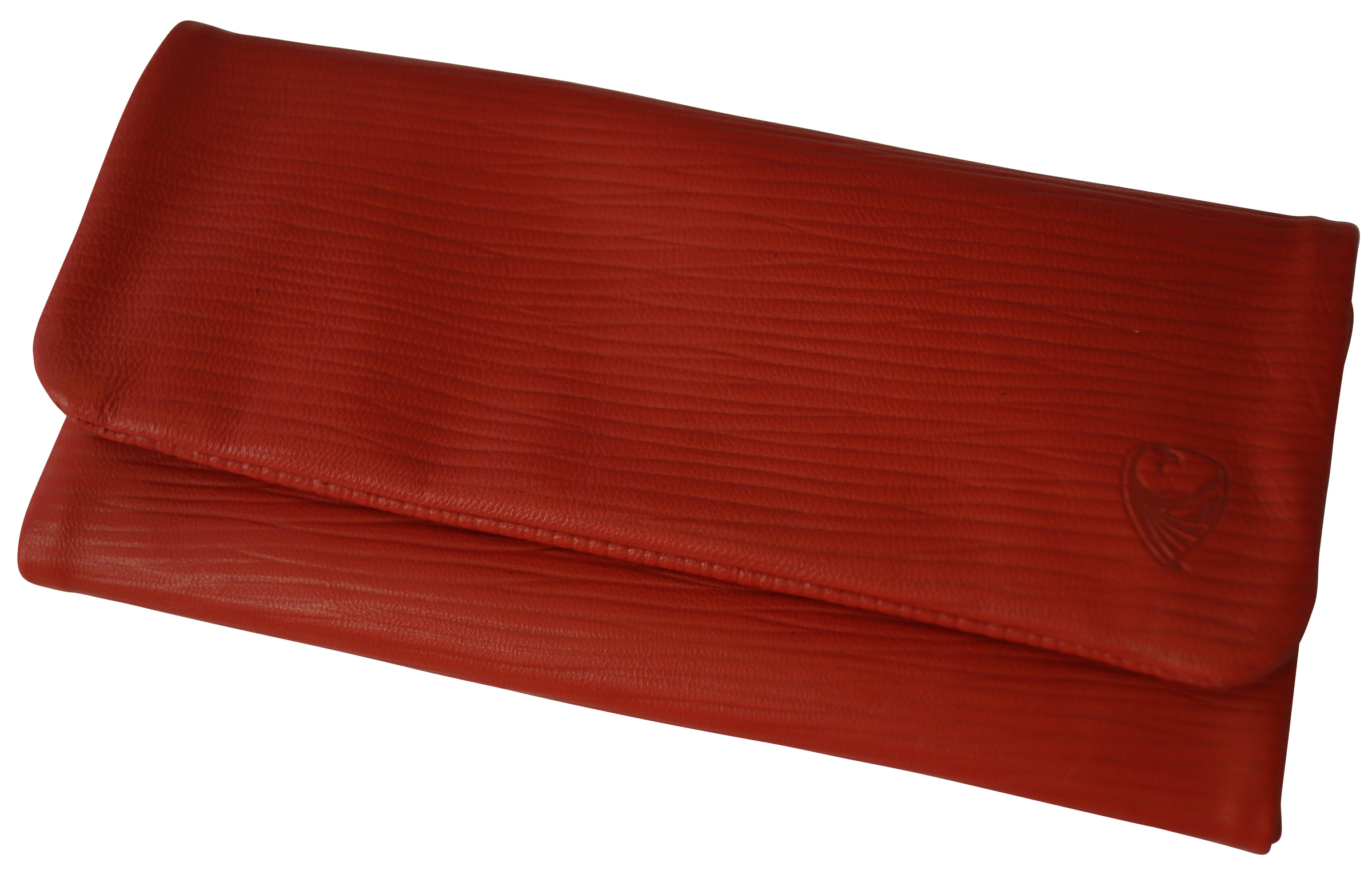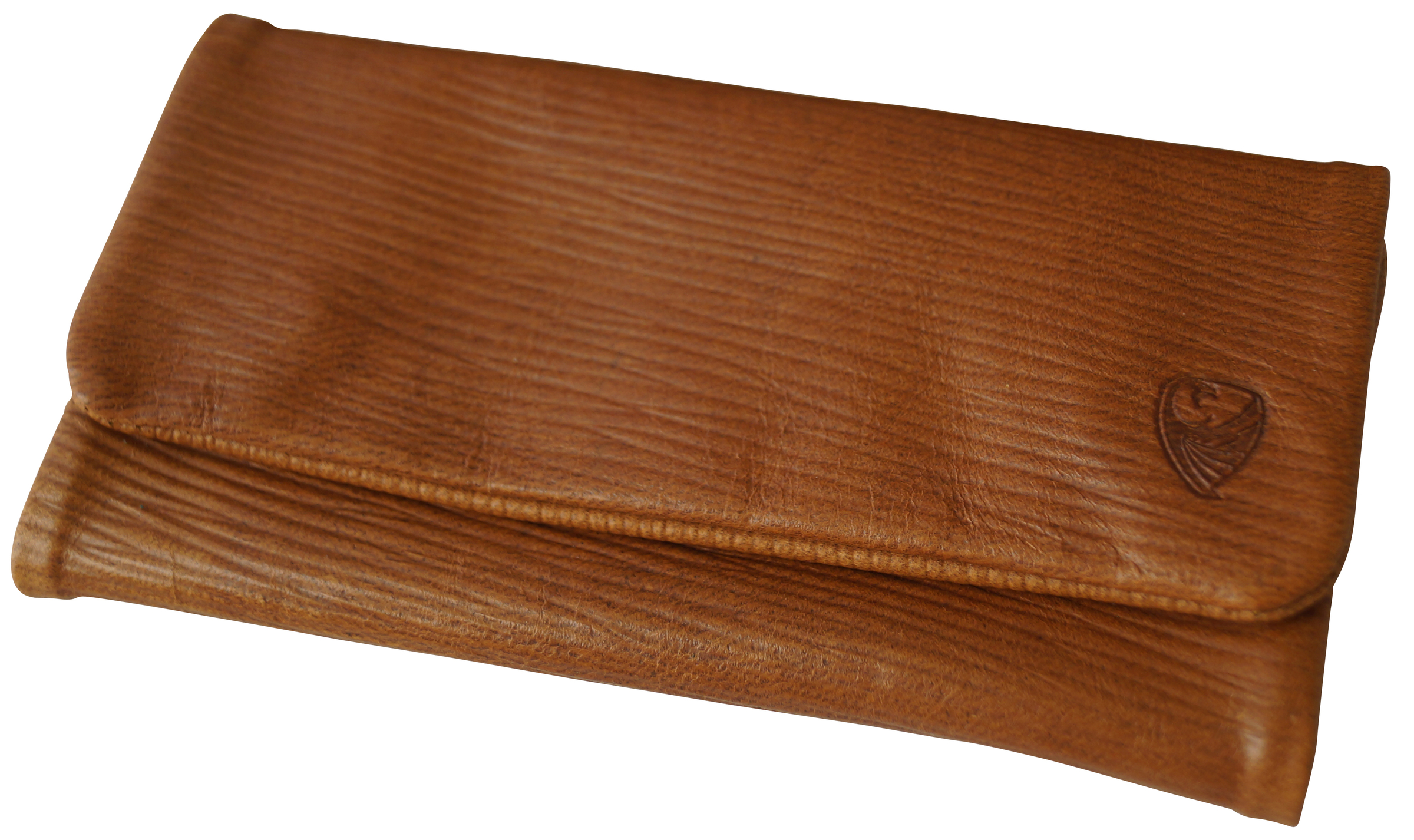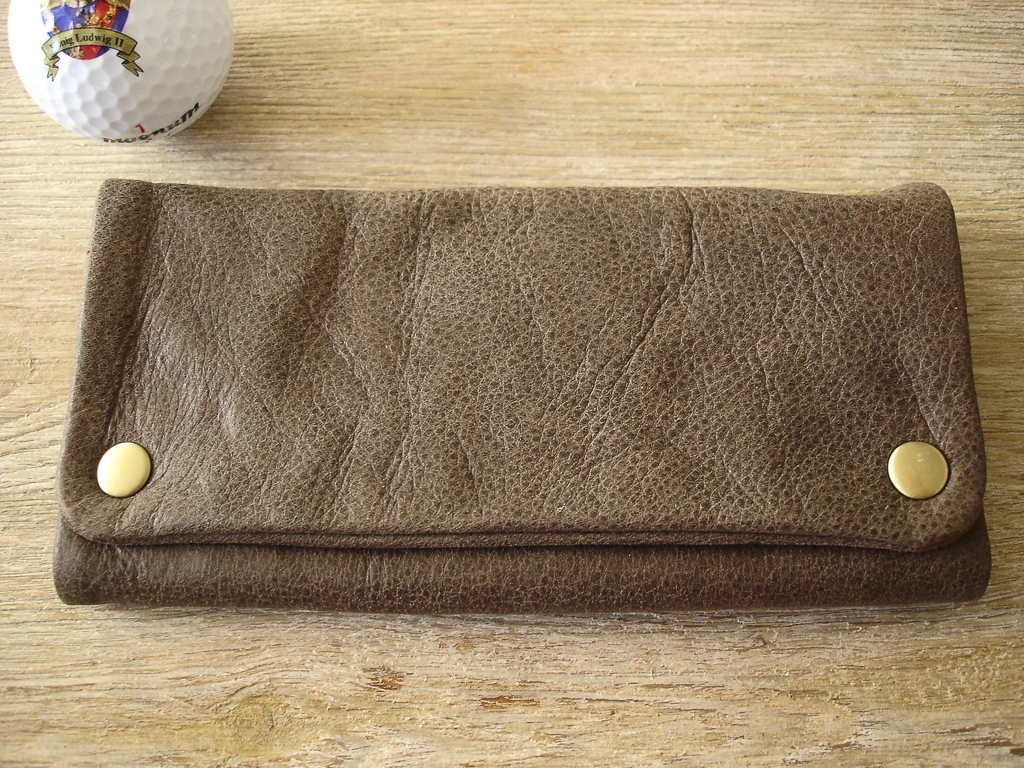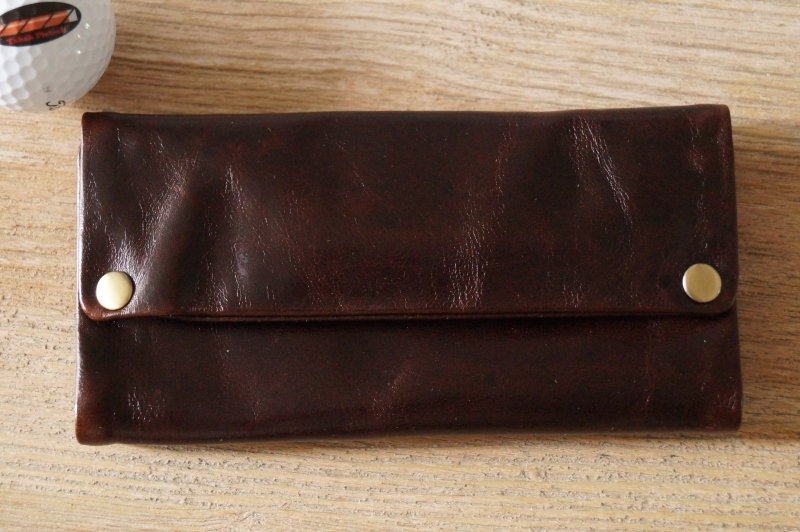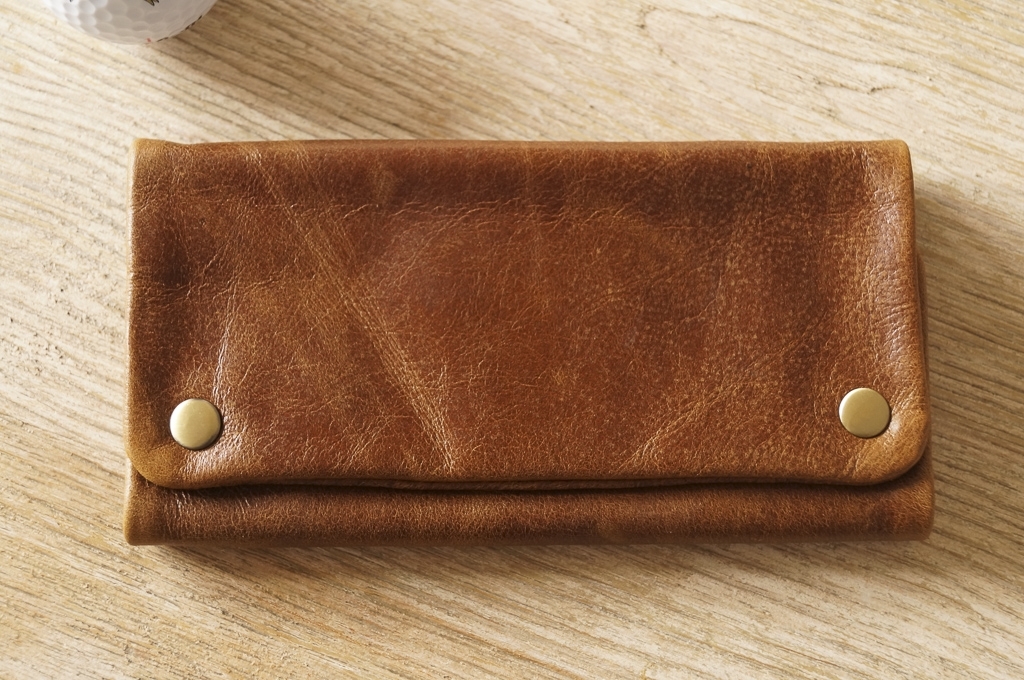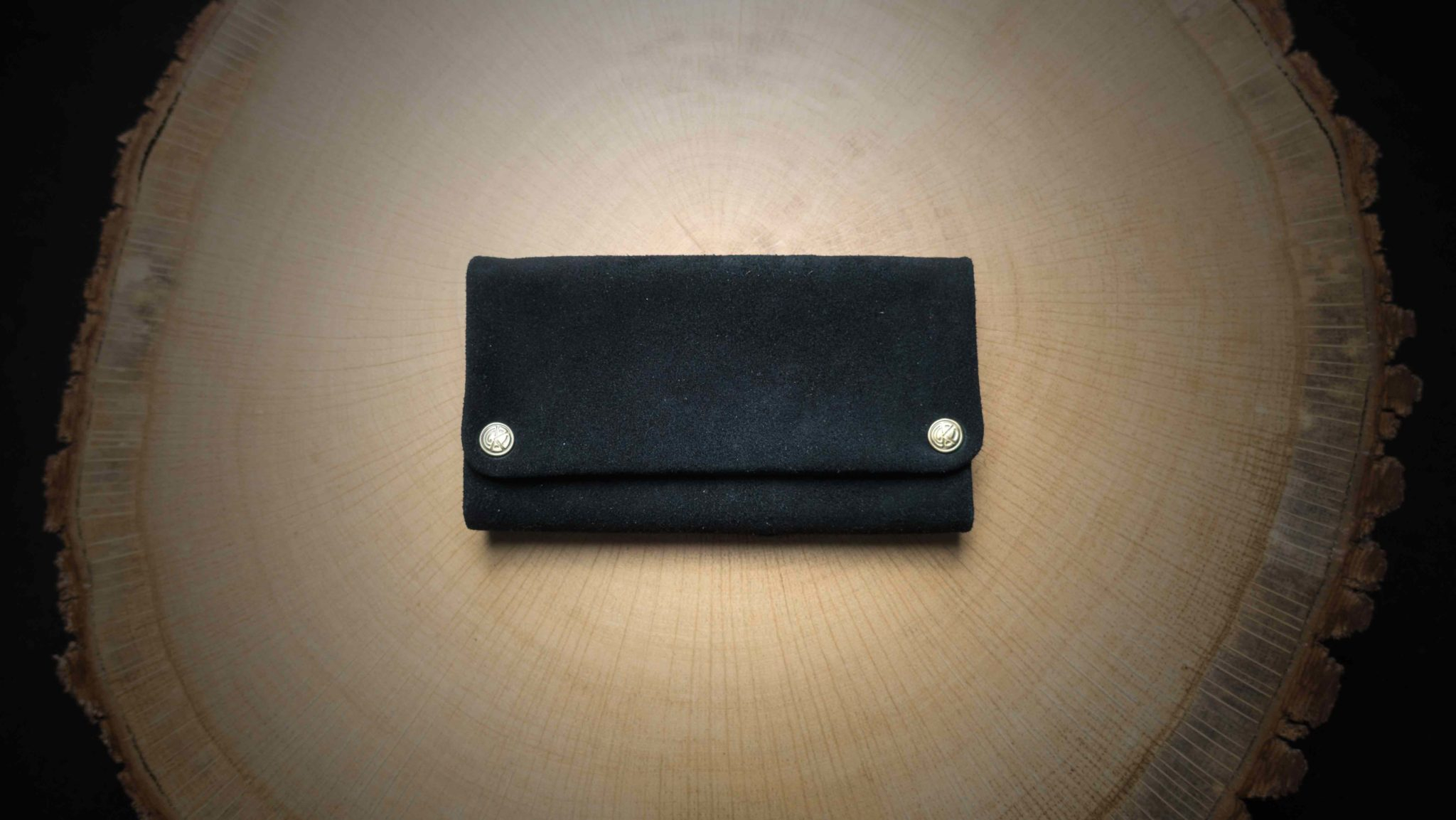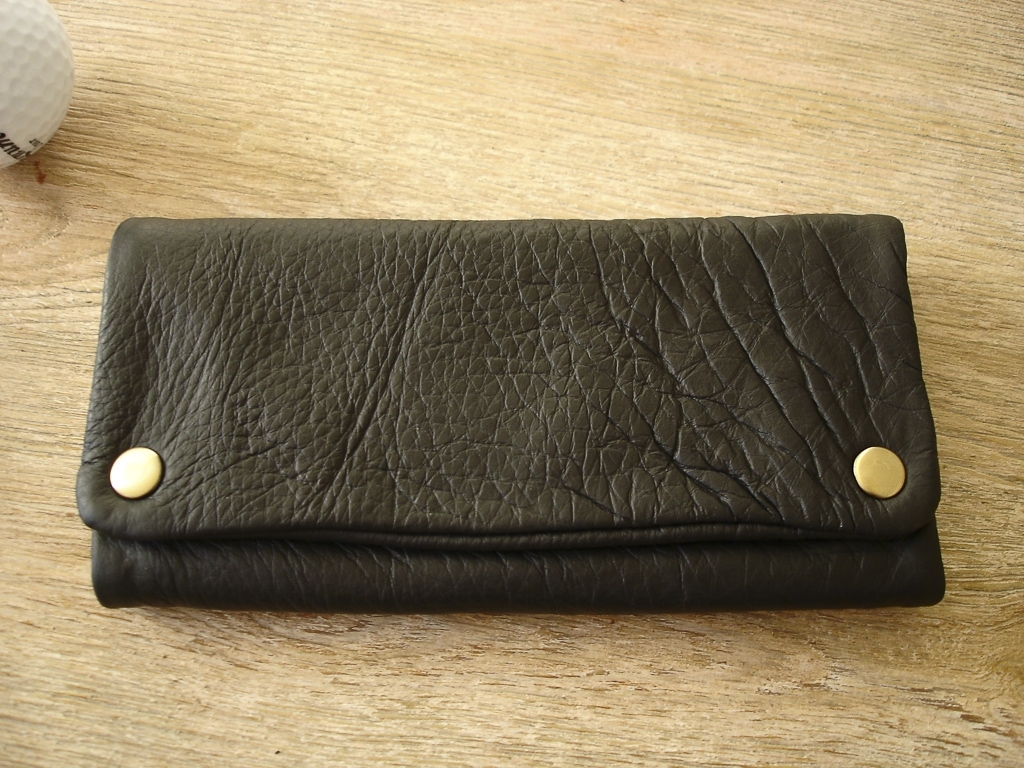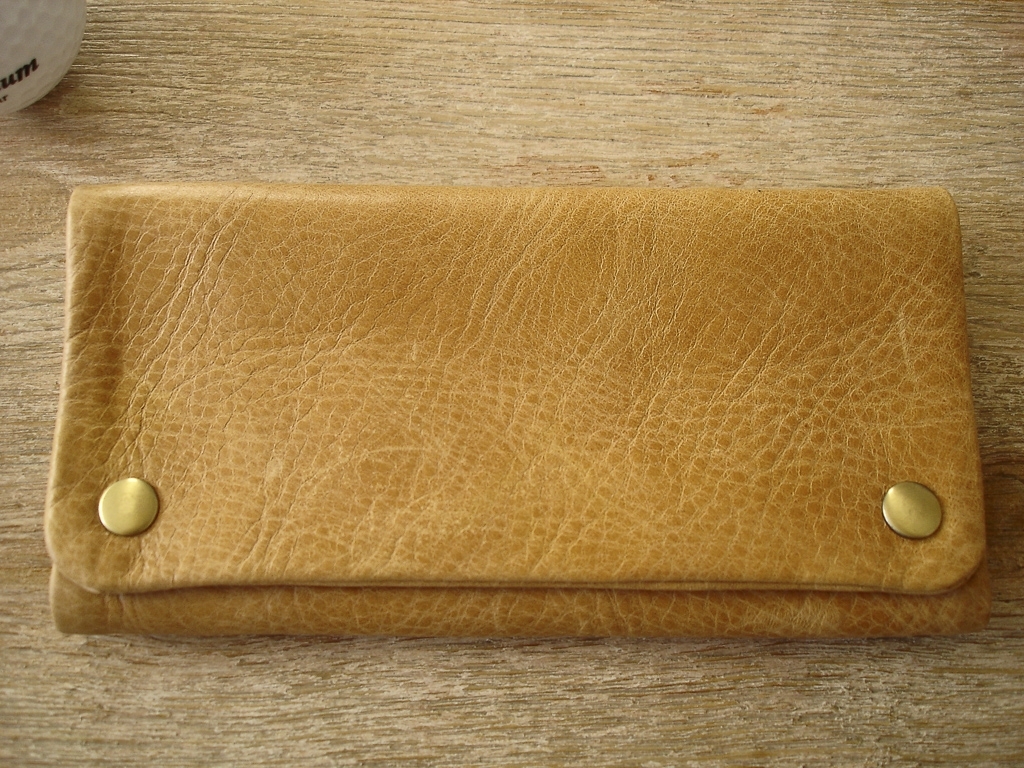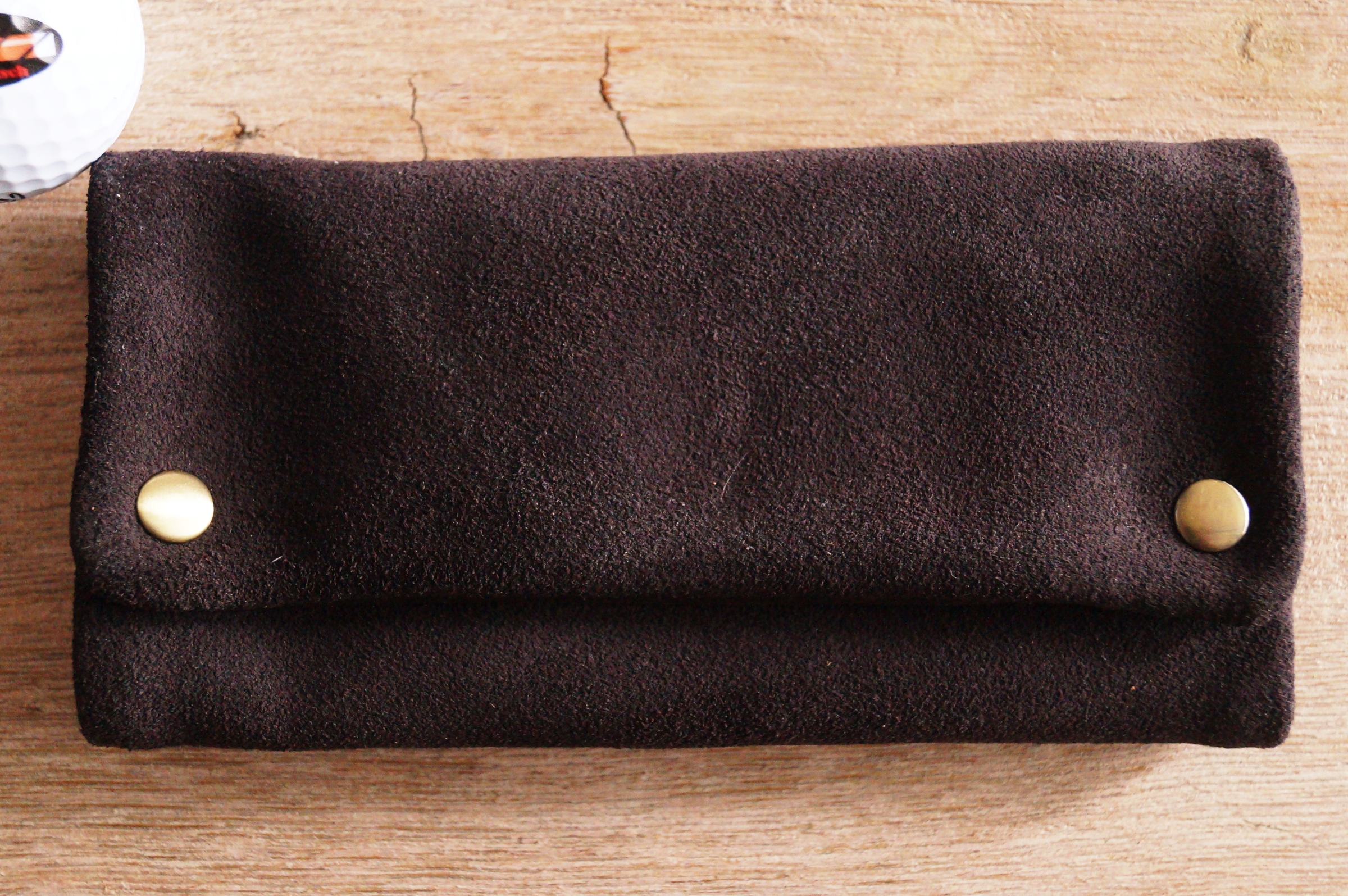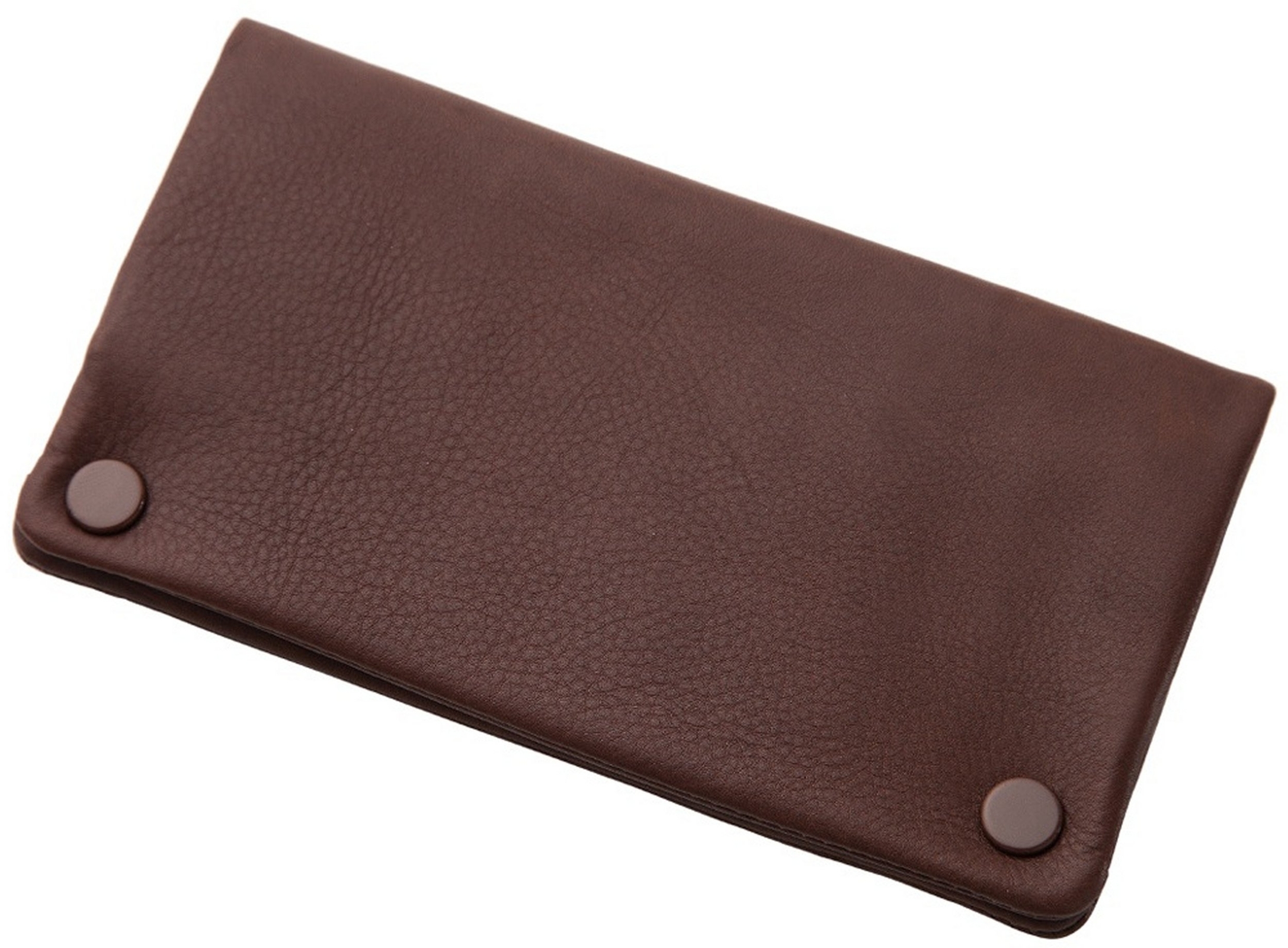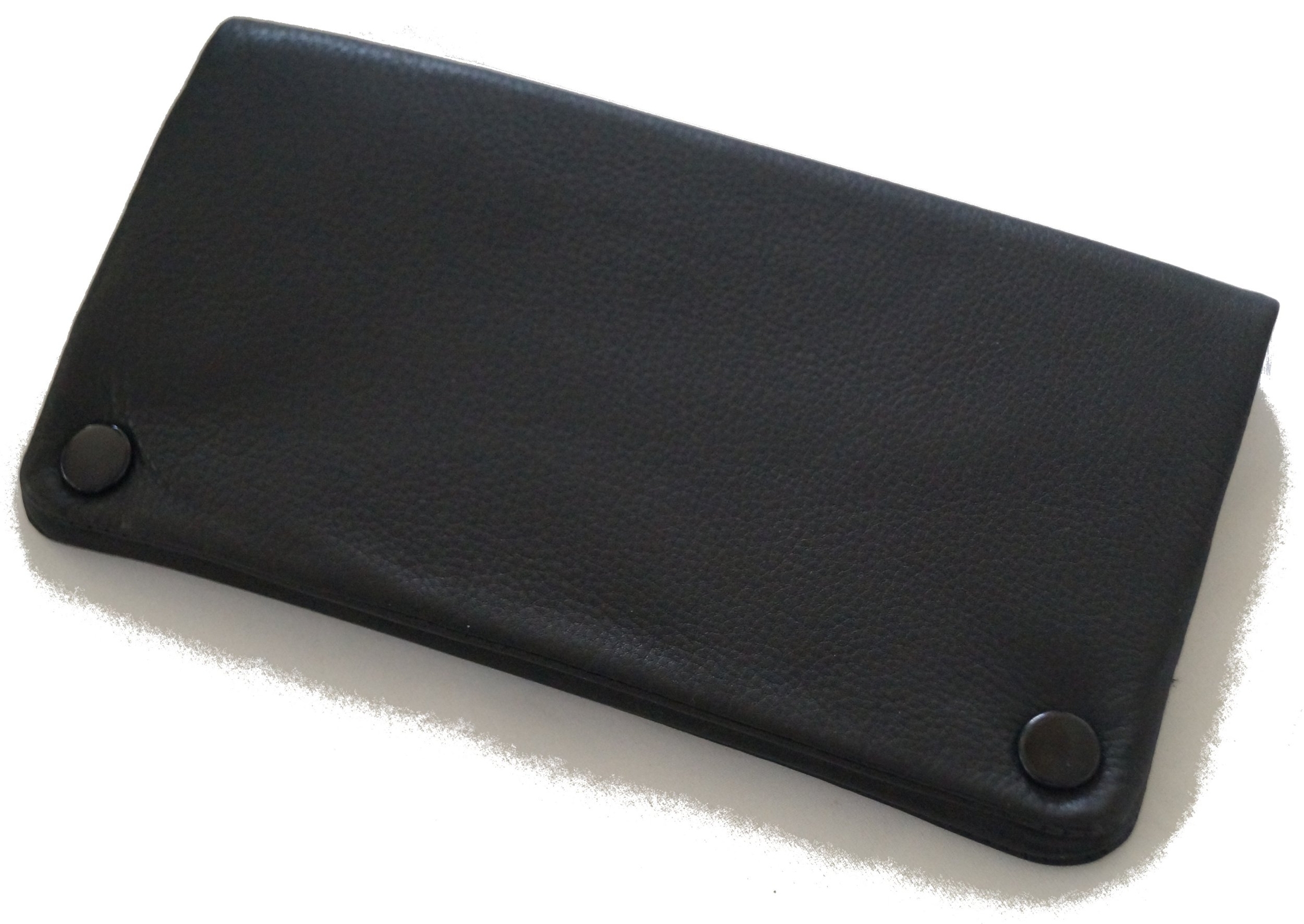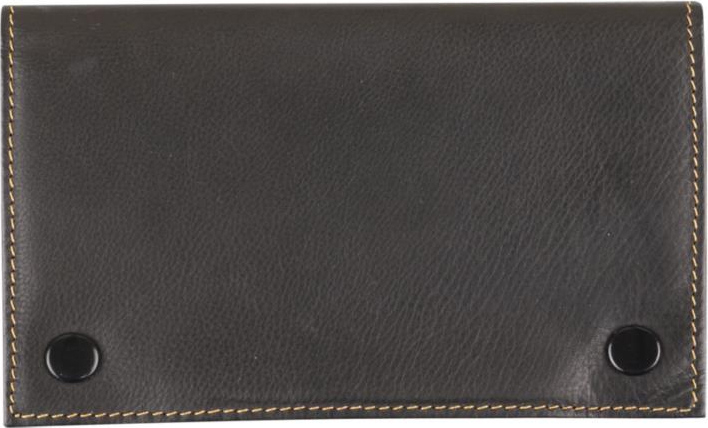For "Tobacco Clutch Mary Jane" the following results were found: 223 products, 16 FAQs
Original Missouri Quality Corncob Pipe - Shaq Pipe for Cigarette Tobacco
Ready for dispatch in: 1-3 working days
Kavatza Tobacco Pouch - Flamenco
No longer available
Kavatza Tobacco Pouch - Cowboy
No longer available
Kavatza Tobacco Pouch - Tabba II
No longer available
Kavatza Tobacco Pouch - Manuso TP2
No longer available
Kavatza Tobacco Pouch - Tabba 3
No longer available
Kavatza Tobacco Pouch - Tabba 3
No longer available
Kavatza Tobacco Pouch - Brownie
No longer available
Special offer: Leather Tobacco Pouch - Model Leather 1 in Black
Ready for dispatch in: 1-3 working days
FAQ
The ideal moistness for tobacco
Nearly all pipe tobaccos require a certain amount of drying. This prevents undue temperature development when attempting to light excessively moist tobacco, and avoids correspondingly high levels of condensate.
We believe pipe tobacco should have a dry consistency, without being so dry that it crumbles to the touch.
Why does the stem cross the bottom of tobacco chamber on some Corncob pipes?
This is a feature of the Missouri meerschaum Co. products. A corncob pipe without wood on the bottom would break very soon. A cob of corn has no solid shape in cross section. There sits only corn starch. This would become damp by condensate or burn through quickly. Depending on the corncob model, a wooden plug is therefore installed on our corncobs. Alternatively or additionally (depending on the shape), the stem is pulled into the chamber. Another advantage: The opening of the stem is fairly vertical and at the lowest point of the chamber. A very positive feature that many Cob smokers appreciate is the positive result and side effect: The draft enters the chamber at the lowest point of the tobacco load. The stem in the chamber is intentionally built in and an important feature that distuingishes these pipes from other brands. Please note: These pipes have been made since the 1860s many hundred millions of times. Corncobs are iconic US products and iconic pipes with a rustic appearance and outstanding smoke properties. Please trust in this, if a corncobs for you at first may also appear unfamiliar and as a new kind of smoke pipe.
Excessively moist tobacco
Most tobacco is too moist when sold; pipe tobacco fresh from the packet often has the texture of wet leaves. The effect of fire on wet foliage is well known: it produces fumes and the fire soon extinguishes. Tobacco like this is difficult or impossible to smoke, even for the most experienced pipe smoker. Regrettably, the fact that pipe smokers let their tobacco dry out before smoking is rarely mentioned.
We have advised thousands of new pipe smokers. Repeatedly attempting to light excessively moist tobacco with a lighter or matches is a factor behind most problems. Anyone who went camping as a child will recall how hard it is to light damp wood.
Damage to pipes is nearly always caused by applying flame to the wood for too long. At some point, the pipe really will smoke as the wood of the pipe starts to burn. Needless to say, this has nothing to do with pipe smoking and has no place in the proper usage of a pipe.
Applying forensic fire investigation methods to the wood of the pipe will quickly determine the causes of damage or excessive temperatures. Having advised many clients, we can say that in the vast majority of pipe damage cases, temperatures that cannot be brought about by smouldering tobacco played a part. Therefore, you should not be concerned about smoking a pipe. However, please take care to avoid applying excessive ignition sources to the pipe.
What should I do if damage occurs despite this? Nobody is perfect and people make mistakes. Simply contact us and we will find an answer for you. :)
Cigarettes from pipe tobacco
Question: As an avid pipe smoker, I also want to have the opportunity to consume my tobacco during my lunch break ... Unfortunately, this is difficult because of the pipes ... Now, the idea has come to enjoy the pipe tobacco as a cigarette. Stopfmaschinge bought, unfortunately went backwards. Now I wanted to ask you, which possibilities there are pipe tobacco in cigarette form (with filter) to bring?
Answer: You can absolutely do that. Pipe tobacco stuffed into cigarettes is of course possible and was not uncommon in the past. The cut of the pipe tobacco should be rather fine. Then manual winding by hand or a winder is recommended. The winder are not designed for these tobaccos and the tobaccos are not intended for cigarettes. The tobacco should be quite dry (not too dry) and the cut and the amount of tobacco should not be too big.
I personally came away from it. More recommendable is a cheap little whistle, which may only 50% stuffs. A shag whistle is also useful. Any corncob would be an option.
Most normal pipes are also suitable. And of course, such a Shag pipe for fine-cut tobacco: This was used decades ago during the lunch break or in the 10-minute break. Ideal are also plugs that you can cut yourself and thus has influence on the width. In a corncob and you can enjoy a wonderful 5-40min smoking pleasure depending on stuffing quantity and pipe.
Repair the loose mouthpiece of a tobacco pipe
If the mouthpiece of your pipe becomes loose, help is needed. Low rotatability when cold, especially in winter, is normal, as the wood and mouthpiece expand or contract differently. Please do not leave your pipe outside in the cold at night. In the unlikely event that such a problem arises: Put the pipe together and let it warm up to room temperature. Please separate your pipe if possible only at room temperature. When it is warm, the material usually expands again so that the gap dimensions should fit again. Therefore: Always let it cool down and never remove the mouthpiece in cold conditions.
A loose mouthpiece can be reattached with some home remedies:
Possibility a)
Warm the cones
Insert the 9.1 mm drill shaft
let cool
Possibility b)
Warm the cones over the tealight
Quench the cones in ice watern
Check accuracy of fit
Repeat the procedure several times if necessary
Possibility c)
Fill the spigot with pipe cleaners
Warm the cones over the tealight
Let the cones cool down
Check accuracy of fit
Repeat the procedure until the pin is secure
Possibility d) – in somewhat stubborn cases
Warm the cones over the tealight
Tap the tenon lightly and gently on a solid plate
Quench the cones in ice water
Check accuracy of fit
If necessary, repeat the procedure several times
Drawing resistance
Drawing resistance is critical to a good smoking experience. If the resistance is too high, you will need to draw heavily. This will make the pipe overheat faster and more condensate will form, which often makes new pipe smokers draw even more hastily.
This indicates the tobacco is tamped down too strongly.
If the filling burns easily but the tobacco fails to glow despite an appropriate moisture content and soon goes out, it is likely that the tobacco was tamped too loosely.
Cedar Wood, Cedro
Baiscally, there are 3 kinds of woods that are used or should be used for humidor veneers. Each of them is usable for cigar humidors.
Most popular among these is Spanish Cedar Wood, which is also known as Cedro. It provides for a pleasant aroma inside the humidor. Cigar Smokers, who have their first humidor, are sometimes a bit irritated about the smell, which can be surprisingly strong. This odour is wanted. Cedar Woood is expensive. Not every well aged wood conveys that smell. But when you encounter the smell, you know that it guarantees for a certain level of quality.
In addition to the positive effects on teh cigar aging, the odour helps to keep tobacco worms away and therefore helps to protect cigars.
It’s cedar wood, but not Cedro: American/Canadian Cedar wood. Better known as Red Cedar. The odour is different from the Spanish Cedar Wood, but also quite pleasant. The shade of the wood in your humidor mainly depends on the tree where it comes from. It doesn’t allow a sure identification of the used kind of wood.
Each of this precious woods has nothing in common with the regular domestic cedar from our forests. The wood of the domestic cedar cannot be used for humidors. To keep it simple and the text readable, we refer to cedro and the cedar wood of humidors as „cedar wood“ or simply “cedar”. This never refers to the domestic cedar from our European forests.
Finally, Mahagony. It’s also called Mahogany or Mahagoni or Mahogani. No matter how it’s spelled, this refers to a precious wood that smells neutral. Mahagony is often used for humidor-veneers. It’s not bad, but most smokers prefer cedar for the above given reasons.
We stay away from Mahagony, even if products with a Mahaogony veneer can be of good quality. The vast majority of our customers is in favour of cedar wood. That’s why we concentrate on cedar.
Excessive frugality
Please do not try to smoke the pipe until empty, right down to the last crumb. The tobacco in the bottom of the bowl collects moisture and tends to be so moist that the pipe no longer tastes good. You should definitely avoid applying excessive flame to consume this moist tobacco: many a pipe smoker has inadvertently charred and damaged their pipe in this way.
Lighting up
Matches and pipe lighters can be used. Special pipe matches are produced from sulphur-free, untreated wood. Most pipe lighters produce a flame that comes from the side of the lighter rather than the top, enabling the user to light the tobacco with ease and precision. Naturally, GERMANUS offers a whole series of pipe lighters.
Rather than apply the flame to a single point, move it around in a circular motion. Flame contact should be brief, meaning 1-3 seconds.If the wood shows clear signs of charring, the flame contact was obviously too long.When lighting up, draw gently and evenly on the pipe.
In most cases, the tobacco on the surface will swell up. This is entirely normal.Most experienced pipe smokers will let their pipe go out after first lighting it, then carefully press down the unravelled tobacco with a pipe tool and light up again. Applying flame is much easier second time around, with the tobacco surface now perfectly even.Tobacco tampers are one tool in the pipe smoker’s arsenal primarily designed for this purpose. Under no circumstances should a tamper be used to tamp the pipe forcefully in the manner of an old-fashioned muzzle-loader.
My pipe is burnt out. What could be the cause of this?
Our pipes are made of solid briar wood. Scorching of the surface can impair taste. Provided the pipe is properly used, burnouts are physically impossible.
Assessment
Fundamentals of significant burn damage (burnouts) to pipes:
In this case, the damage results from overheating, i.e. temperatures exceeding 1,000 degrees Celsius during smoking. In many instances, honeycomb-like charring (which only forms at around this temperature) is observed at the burnt spot. The normal smouldering temperature for a pipe is between 650 and 800 degrees Celsius. There are several possible reasons for excessive heat while tobacco is smouldering.
A constant draught can cause such abnormal temperatures to arise.
It is also possible that the pipe is held in the mouth at too steep an angle, with the user pulling on the pipe too strongly and too frequently, exacerbated by insufficient temperature control by hand.
Defects in the wood (pockets, soft spots) can be generally ruled out. Where a defect is present, burn damage will ensue at a much lower temperature and will be minor and more specific.
Finally I would note that excessively damp tobacco can exacerbate the situations outlined above.
We GERMANUS are here for you even in case of an accident of your pipe. More deatils in our GERMANUS Pipe FAQThis is what other manufacturers say: Burners of Rattrays Tobacco Pipes
This is what the manufactruer Rattrays says about burners and warrenty claims. Briar is a very heat resistant material, nevertheless it is still just wood, which can be damaged by heat. Your pipe works in a similar way as a fireplace. If you open the air valve the wood burns much faster and more furious. If you draw with too much force at your pipe, the ember will get to a small fire and probably will damage the inside of your pipe. If the pipe gets too hot, immediately put it aside and let it cool down.
Burners taste and smell unpleasant and beyond that are visible. If you recognize fire damage inside the bowl, under no circumstances continue to smoke the pipe. You will provoke a total loss, which in most cases will not be replaced by the manufacturer. Bring the pipe to your pipe shop, and your dealer will send the pipe to a repair shop. In the first states of a burner the pipe can be saved with a protective coating without any difficulties.
Customer complaints of Rattray Pipes
Most burners will not be replaced by the pipe manufacturers for the above reasons. There are some exceptions however. If the pipe does not show a large burned area, but a small pointed funnel shaped hole, it suggests that this was a faulty spot – a small stone inside the wood or a cavern. Also, if the smoke channel was drilled too close to the outside and the pipe is very thin walled, an eligible reason for reclamation can occur.
If the pipe has a large burned area with fissures, in most cases the pipe was smoked too hot. Most burners are situated around the blowhole, there the generated heat is very strong if the suction is too high.
The bottom of a lot of complained pipes is very thin, but pipe manufacturers would never ship out such thin walled pipes. Even if every series pipe is slightly different, the wall strenght is the same in every single piece.
If the pipe is still warm and moist, the wood is especially prone to damage from scratching out the bowl, so please let the pipe cool down before cleaning. Also the attempt to smoke the last crumb ob tobacco often ends with a burner, because the lighter flame gets too close to the wood.
Fire damage in the upper part of the bowl are usually caused during the lighting process. You should always move the flame in a circular and even way. If you hold the flame to the same spot too long, the wood can burn very fast. You can easily identify left-handed pipe smokers with a burner on the right side of the bowl and vice versa.
In the end we have to mention one more thing: If you want to smoke on the bike, in the car with open windows, or on a boat – you should use a pipe with a lid. The lid will protect the pipe from generating too much heat caused by the increased wind.
What is the first thing to know about pipe smoking, and what should I avoid?
Beginners tend to smoke excessively moist tobacco too fast, thereby applying too much flame to the tobacco. This causes a build-up of bad-tasting condensate. Once you accept you are being too hasty, simply give the pipe a few seconds to cool down before continuing with a little more caution. If so much condensate accumulates that the pipe only delivers an acrid taste, let it burn out and give the pipe a whole day to dry out so that the wood can regenerate.
If you carry on smoking the pipe with greater haste and apply even more flame, you will soon burn your tongue and perhaps also notice the aroma of burnt wood.
Important: As soon as you notice the scent or taste of charred wood owing to a hasty approach, you should stop smoking the pipe immediately: smoking a pipe does not mean smoking the wood of the pipe. It is therefore a simple matter to avoid burnouts.
An inexpert approach can give rise to a vicious circle, potentially ending with the destruction of the pipe itself. However, do not be concerned: it is an extreme case in which you experience the taste of charred wood before you burn out a pipe. With just a little caution and consideration for the pipe, burnouts are very unlikely, even over many years.
Our advice is to be sceptical of any reports you may read stating that pipes from quality manufacturers like ourselves can be burnt out because of material defects. This may be theoretically feasible, but in practice it is all but impossible. (For more information on this, see below.) Burnouts are not an issue for the sensible beginner, so please set about your task in a carefree and optimistic spirit.
Remember that pipe smoking requires calm; it is an almost meditative experience.
The smoking procedure
The pipe is now smouldering. It is not accurate to say a pipe is ‘burning’: a pipe is not a device that smokes like a steam engine. The tobacco should only smoulder, and re-lighting is completely normal.
Draw on the pipe slowly and cautiously, leaving a certain amount of time between draws. Over time, this becomes an automatic and subconscious process.
Guideline for newcomers: If you notice smoke or even fumes, you are either drawing too hard or the pipe is overheating. In this case, bring the temperature down immediately. Ideally, no significant amount of tobacco smoke will come from the bowl while smoking.
Breaking-in and the cake layer
Over time, a protective layer often referred to as ‘cake’ forms on the inside of the pipe. This does not comprise charred wood. You should never burn out a pipe: no pipe tobacco of any description is meant for this.
Most pipes at the breaking-in stage have a paste that protects the wood and facilitates the formation of ‘cake’. However, many pipes are also supplied with a bowl of plain wood. Please allow such pipes an acclimatisation period and avoid smoking at high temperatures initially, at least until a layer of cake is formed.
In any pipe, the first fillings may taste different to subsequent fillings. This is completely normal and part of the breaking-in process.
What difference does it make if a pipe is waxed or painted? What is better?
We do not varnish pipes. Different colours are made by staining.
The problem with lacquer: When the pipe is heated during smoking, the wood expands and the lacquer can blow bubbles. That is why our pipes are waxed. I generally advise against painted/varnished tobacco pipes.
How do I tamp my pipe?
There are many different tamping methods. We recommend starting with a tried and trusted method that has stood the test of time for good reason.
Please note: No special tools are needed to tamp a pipe; you only need your finger.
Add tobacco to your pipe until it is one third full and press it down very carefully. The next third should be pressed in a little firmer. The final third is the stopper: take some tobacco between thumb, forefinger and middle finger and form a small, springy ball. Insert this into the bowl and press it down quite firmly.
When you are finished, the tobacco should spring back when pressed with the thumb. Also test the draw: there should be a little resistance, but no need to suck on the pipe. The feel should be similar to using a drinking straw.
After smoking, take a break
After smoking, allow your pipe to cool and rest for 1-2 days. Let your pipe rest in a well ventilated place so that it can dry out (a closed pouch is not suitable, but a pipe stand would be fine).
Do not remove the mouthpiece while the bowl and mouthpiece are still warm; otherwise, both pieces can warp as they cool. Although this is relatively simple to fix, proper fit may be impaired in the long term.
Leave the ash and the tobacco remnants in the pipe for a while as these will absorb moisture like a sponge. Cleaning should only be carried out after (complete) cooling.
Do not leave your pipe unattended outside, and never leave a pipe out in the rain.
At first, you may own just one pipe. Although you can smoke a pipe several times a day without causing any damage, this does not do the pipe any good in the long run. In fact, we would advise newcomers against this: since most beginners unintentionally smoke tobacco that is too moist, the pipe needs time to recover. If you enjoy the meditative aspect of pipe smoking, we would recommend acquiring a second pipe: a small pipe collection makes the everyday life of a pipe smoker much easier.

